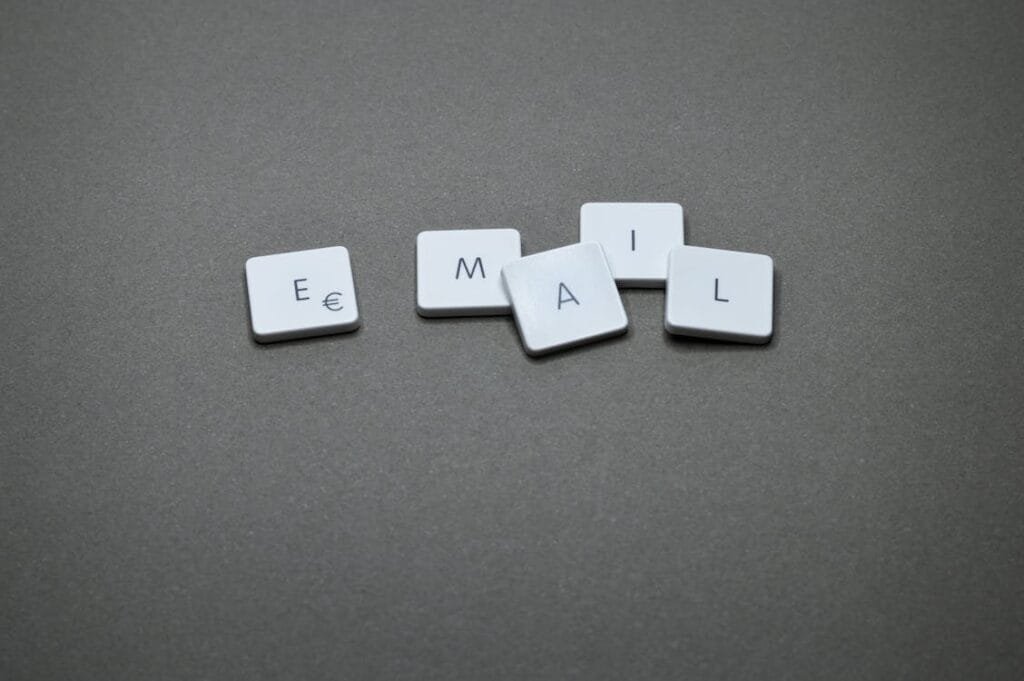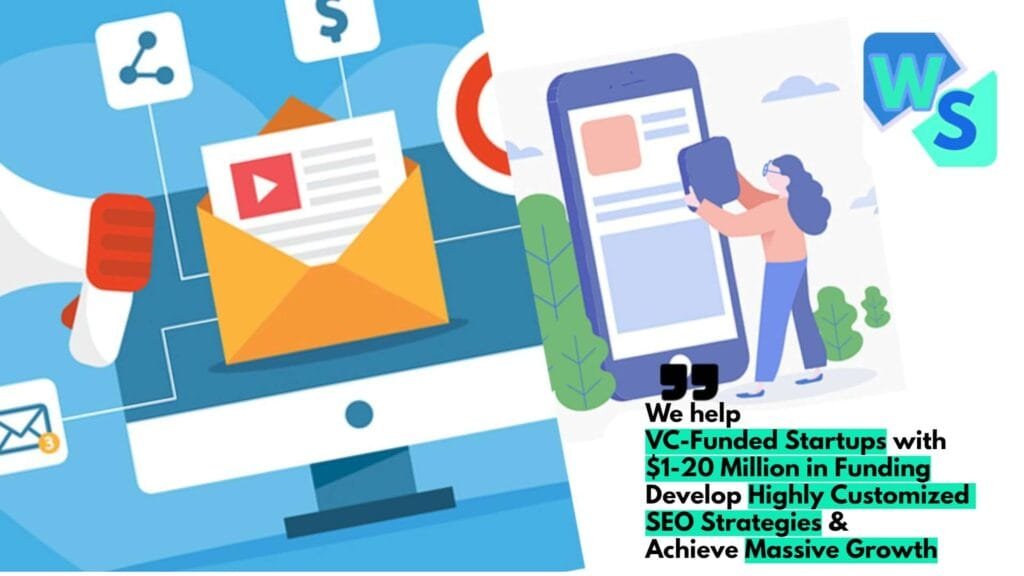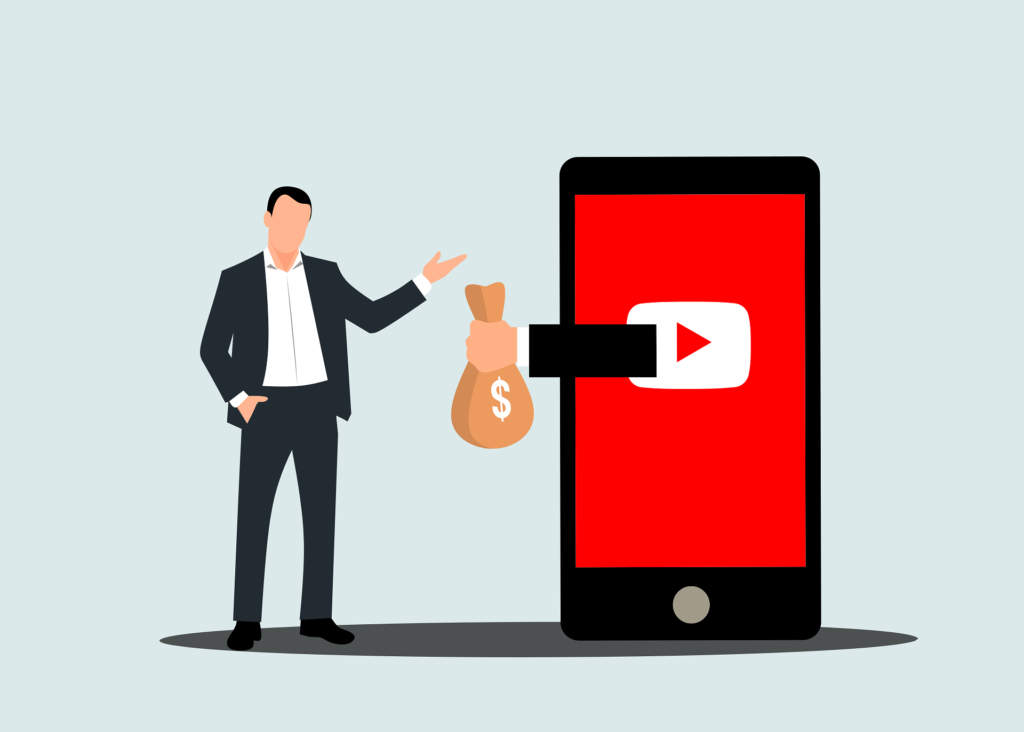Understanding Event Marketing Strategy
Importance of Event Marketing
Event marketing is like throwing a party where your business gets to be the life of the bash. I’ve seen how these events can create real bonds with folks out in the world, bringing in results that go beyond just the day of the shindig. The stats are wild—expectations are that the industry could hit a mind-blowing USD 2,194.40 billion by 2028. No wonder it’s grabbing everyone’s attention and wallet (Livestorm).
A whopping 85% of business bigwigs say that hosting events is key to hitting it big. For B2B folks, it’s a no-brainer: events boost brand awareness, bring in fresh faces, and, yep, up those sales figures (Eventible). Through events, you’ve got a golden chance to make patrons stick around, gather game-changing insights, and get your brand etched in people’s minds.
Metrics for Event Impact
To see if my event marketing efforts are hitting the mark, keeping an eye on certain metrics is a must. Here’s a breakdown of what to watch:
| Metric | Description |
|---|---|
| ROI | Money raked in thanks to the event. |
| Customer Acquisition Cost | Expenses tied to winning over a new customer. |
| Attendance Numbers | Count of folks showing up to your gig. |
| Lead Generation | Number of hot leads collected during and after. |
| Brand Awareness | How much more folks know your brand post-event. |
Here’s a fun fact: 45% of B2B event planners are counting on at least a 3x ROI within a year. It rings out loud and clear that event marketing is a long-term winner (Livestorm). For more low-down on putting together a killer marketing plan, check out our handy sample marketing plan template.
Grasping why event marketing is key and knowing how to gauge its success lets me, as a marketer, craft strategies that really fit my business vibe. By tapping into some savvy marketing tactics for small businesses, I can crank my event marketing game to the max and forge those deeper connections with my crew.
Target Audience and Personalization
The secret sauce to nailing event marketing is knowing who you’re talking to and tweaking things just right for them. By tapping into what makes my audience tick, I can create vibes that keep them hooked and make the event worth their time.
What Customers Really Want
Did you know a solid 68% of folks expect things to be personalized just for them (Harvard Business School Online)? That means if my marketing message hits close to home—with products and offers that make them sit up and say, “Hey, that’s me!”—I’m halfway there. To make this happen, I slice and dice my audience using what they do, like, and tell me.
| What They Want | People Who Expect It |
|---|---|
| Personalized Goodies | 68% |
Adding that personal touch is non-negotiable for keeping folks engaged and happy with what I’m offering. When my marketing feels like it’s speaking to just them, they’re more likely to show up and engage, boosting the impact of my work.
Nailing It with Great Customer Data
Getting my personalization game on point? It all starts with having top-notch customer info. Good data is a marketer’s hard truth, with 82% saying it’s the key to cracking their goals (Harvard Business School Online). I need good data to find the right crowd and adjust my game plan accordingly.
Here’s my toolkit for rounding up the best data:
- Picking brains with customer surveys
- Testing the waters with past event insights
- Watching how people interact when they’re in the mix
Segmenting smartly with ace data could spike my revenue up to 760% by crafting experiences aimed at consumer groups with similar vibes (Harvard Business School Online). With quality data, my planning gets sharper, making for events that hit the mark and build solid rapport with my crowd.
At the end of the day, more personalization doesn’t just amp up the marketing game, it makes for a memorable participant experience, paving the way for rocking event marketing success. Feel free to dig into my sample marketing plan template and other resources to round out your planning.
Segmentation and Consumer Groups
Nailing down who I’m pitching to is a game-changer for putting together a killer event marketing strategy plan. When I focus my marketing mojo on specific groups, I can pump up the interaction and really get the most out of my events.
Benefits of Segmentation
Splitting up my audience means I can serve up tailor-made experiences, making my bank account happier. Digital marketing segmentation could crank up revenue by a jaw-dropping 760% when I cater to different peeps with similar vibes and tastes. More details from our pals at Harvard Business School Online prove that. This way, I can dish out spot-on content, tempting offers, and hit-the-mark messages.
Here’s a nifty table showing the sweet benefits of knowing who’s who in my crowd:
| What’s Good | Why it’s Good |
|---|---|
| More $$$ | Hitting up segments can seriously bump up those numbers. |
| Better Hangouts | Personalized chats get folks way more interested. |
| Fan Club Vibes | Nailing those needs means more brand followers. |
Adapting Marketing Strategies
Once I’ve got my audience map down, it’s time to tweak things up a bit. Different cliques might dig different ways of getting the word out. Younger cool cats might be all about the ‘Gram, while those with a little more experience under their belts might go for email or good old-fashioned media.
Doing my homework on what gets different segments buzzing is key. This might mean mixing it up with blogs, social media, or striking gold with a well-placed mailer. A solid action plan will make hitting up my target crew a breeze.
Of course, no plan’s set in stone. Keeping an eye on what flies and what flops is crucial. Tweaking my approach based on how different groups react keeps things fresh and is sure to boost both now and later gigs.
When it all wraps up, knowing my groups and tweaking my marketing dance moves are absolute musts for knocking it out of the park in event marketing. Craving more guidance on pulling together a marketing masterpiece? There’s more to explore with our sample marketing plan template and the scoop on designing a marketing plan development process.
Building Consumer Relationships
Building genuine connections with consumers is a big deal for nailing any marketing game plan. Two major moves here are buddying up with influencers and keeping our eyes on the long haul.
Influencer Partnerships
Teaming up with influencers can seriously rev up a marketing strategy. By partnering with influencers that really get what our folks want, we can ride on their established good vibes to win hearts and minds. Take GymShark, for example: they smashed sales records by teaming up with athletic influencers, showing just how powerful these relationships can be for getting folks excited and spending their money (Harvard Business School Online).
To really reap the rewards from these partnerships, we’ve got to be picky about who we team up with. It’s all about matching values. If their vibe matches ours, the whole deal comes off authentic, which boosts street cred and builds tighter bonds with the crowd we’re aiming to connect with.
Long-Term Marketing Success
Success over the long haul is about keeping those consumer ties warm and fuzzy over time. Throwing events like meet-ups, user gatherings, launches, and trade shows plays a big part (Eventible). These shin-digs let us meet and greet with clients and prospects, giving our brand a big visibility boost.
Plus, let’s not forget about the rise of virtual events, especially during the whole Covid-19 ordeal. Benefit Cosmetics nailed this by shifting gears to offer lively virtual experiences that got customers to join in and feel the brand love, proving how important it is to be ready to switch things up in event marketing (Eventible).
Keeping an eye on what’s working and mixing up our marketing tricks when needed keeps those consumer relationships thriving. Digging into what makes our audience tick and tweaking our game plan is key for staying on point and making a splash. If you want to dive deeper into building a killer marketing approach, check out our sample marketing plan template and tip sheets for different fields.
Benefits of Event Marketing
Getting into event marketing can really boost my business. Two big wins here: a high return on investment (ROI) and a chance for my brand to grow while keeping an eye on industry trends.
ROI and Brand Growth
Having a solid event marketing plan can do wonders. It helps me connect with customers and pull in either immediate or long-term ROI. Like many business folks out there, I’ve witnessed firsthand how such events not only drive sales but also build a loyal fan base.
The numbers back it up too. Research shows that a well-run event can bring in some serious gains. About 45% of people running B2B events expect to see at least thrice the ROI within a year. This speaks volumes about not just making money but the lasting power these events hold.
To see how my own events are performing in terms of ROI, I pay attention to a bunch of metrics. Here’s a snapshot of what I usually look at:
| Event Type | Expected ROI | Key Benefits |
|---|---|---|
| Trade Shows | 4x or more | Generating leads, networking |
| Webinars | 3x | Cheap, wide audience reach |
| Conferences | 3 – 4x | Building brand awareness, boosting credibility |
| Workshops | Varies | Learning new skills, engaging customers |
Industry Growth Trends
Event marketing is on the upswing. The market is poised to hit USD 2,194.40 billion by 2028. This shows people are investing more in events as a key marketing tool.
Different sectors—like tech, healthcare, education, and retail—are tapping into events to boost engagement, raise brand awareness, and fuel growth. This trend mirrors my own focus on getting real-time engagement and offering personalized experiences, which is crucial to keeping ahead of the competition.
Overall, diving into event marketing shows clear perks in terms of improved ROI and brand growth in a thriving industry. To keep track of my success, I follow various event KPIs, tweaking my approach for the best outcomes. For practical advice on setting up these strategies, I typically check out how to create a marketing plan.
Planning an Effective Strategy
Crafting a banging event marketing strategy starts with some good ol’ planning. I zoom in on three main things: thorough research, pinpointing marketing channels, and keeping an eye on things as they roll.
Thorough Research
The heart of a killer marketing plan is good research. I’m all about getting to know what makes the audience tick. This means chatting with folks, leafing through case studies, and pulling numbers. It’s like piecing a puzzle together to shape my strategy.
I might shoot out a survey to find out what past goers loved or what left ’em cold about previous shindigs. This early snooping supercharges my event marketing strategy plan.
| Research Method | What It’s For |
|---|---|
| Informational Interviews | Chat with past peeps to get the juicy deets |
| Case Studies | Peek at what others did right (or wrong) in similar gigs |
| Statistics | Scope out what’s trending and who likes what |
Identifying Marketing Channels
Nailing down the best routes to reach people is key. I’ve got my eyes on a bunch of options to get the word out:
- Blogs
- Old-school press
- Social apps
- Paid ads
- Mail drops
Each comes with its own perks. Social media’s fab for instant buzz, while blogs let me dive into what makes the event tick. I mix and match these goodies to get the word out solidly and surely. Looking for more on cooking up sharp marketing tricks? Check out our marketing tactics for small businesses.
| Marketing Channel | Perks |
|---|---|
| Blogs | Detailed stuff and eyeball draw in search results |
| Traditional Press | Big-time respect and far reach |
| Social Media | Quick chat and instant feedback |
| Paid Promotions | Precise focus and stats you can see |
| Direct Mail | Personal feel and memorable jabs |
Continuous Monitoring
Keeping tabs on metrics is like having your coffee daily—non-negotiable! Setting a campaign off ain’t “set and forget”; I keep diving into data, tweaking as needed. This nimbleness means I catch onto what’s hot or not, steering things better.
I get all analytical, checking out web hits, social buzz, and how many folks are signing up. This intel hones my tactics in real-time and amps up the spreads.
| Metric | What’s It’s For |
|---|---|
| Website Traffic | See who’s curious and hanging around |
| Social Media Engagement | Measure the audience vibes and chatter |
| Event Registration | Weigh in on interest and signup numbers |
Keeping the checkups constant not only smooths the process but paves the path to the win-zone. Got a thirst for more on building a smashing marketing game plan? Dive into our guide on how to create a marketing plan.
Current Industry Trends
Keeping up with what’s hot in the event marketing world is a real game-changer. It keeps me sharp and lets me design experiences that hit the mark for folks who join in.
Making It Matter and Keeping Folks Hooked
How I whip up marketing tricks shapes how folks dig the events. Doing my homework on what people like is a big deal here (Everwall). Mixing it up with live-in-the-flesh events can pay off quick or later, making brands look good and keeping folks coming back for more (Livestorm).
Check out this rundown of different events and what they bring to the table:
| Event Type | Key Benefits |
|---|---|
| Networking Events | Make friends, swap stories |
| User Conferences | Share smarts, gather feedback |
| Recruitment Events | Snag the cream of the crop |
| Product Launches | Stir buzz, grab media attention |
| Trade Shows | Flaunt stuff, stretch industry influence |
Keeping Up with Event Styles
Making sure my marketing groove matches up with the latest event trends is key. Areas like tech, health, learning, sales, and showbiz are all buzzing with event marketing action (Expo Logic).
Today’s tech is shaking up event marketing, making everyone’s experience cooler and letting me tweak stuff on the fly. This lets me nail down who likes what and measure how it’s all going, paving the way for doing it better next time (Expo Logic).
To stay on the ball with these trends, I’m diving into a bunch of event marketing stuff like:
- Using tech gadgets and apps to spice up engagement and keep things organized.
- Throwing different kinds of events to reel in specific crowds.
- Checking how stuff performs with a bunch of metrics, so everything lines up with big-picture goals.
Need to get your marketing act together? Pop over to our tips on how to create a marketing plan.
Creating a Successful Marketing Plan
A winning marketing strategy doesn’t just magically fall from the sky. It takes some elbow grease and a fair bit of know-how. Let’s jump into what it takes to pull off an impressive event marketing plan.
Research, Strategy, and Relevance
Think of research like your best buddy in the planning process. It’s how I get a feel for what my audience is itching for. This is me digging into any available interviews, picking apart case studies, and sifting through whatever numbers can shed light on what works and what doesn’t. (Everwall)
Armed with insights, I can sketch out a strategy. This is where I lay down the law on what I want to achieve – like getting a room full of attendees or putting the spotlight on my brand. But it’s not just about shouting into the void; I need to pick the right avenues to get my message across. Here’s where I might focus:
| Marketing Channel | What’s the Scoop |
|---|---|
| Blogs | Chatty posts about the event and cool stuff related. |
| Traditional Press | Old-school media that hits a broader crowd. |
| Social Media | Tap into the buzz and keep folks in the loop. |
| Paid Promotions | Put money where the people are online. |
| Direct Mail Campaigns | Snail mail that still packs a punch. |
Picking these paths just right is my secret sauce to stick my event on people’s calendars.
Practical Steps for Implementation
Now to put the plan into action, there are a few must-do’s I swear by:
Identify Goals: Whether it’s a full house or just spreading the word, I need to crystal clear on my targets.
Develop a Timeline: This step keeps me sane. Mapping out every little task lets me tick them off without breaking a sweat.
Monitor and Adjust: Like life, marketing plans sometimes need a bit of tweaking—keep an eye out for what’s killing it or tanking.
Evaluate Success: Once it’s all said and done, I take stock. Did it live up to the hype in terms of attendance or buzz? This reflection lets me dial in the next round for even better results.
By prioritizing smart research, setting my sights, and keeping tabs as things unfold, I set myself up to drive enthusiasm, stronger recognition, and expansion for my biz (Expo Logic). If you’re in the market for blueprints, have a peep at our sample marketing plan template for a bit of practical inspiration.


















